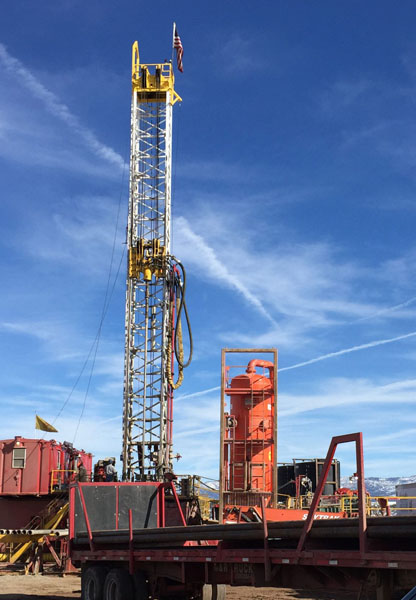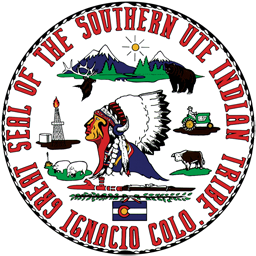Exploration & Production / Compliance

The Exploration & Production / Compliance Division is responsible the technical aspects of energy development and environmental regulatory compliance on the reservation.
The SUIT DOE has created a guidance manual for Exploration and Production (E&P) operators who are planning an oil & gas development project. This document, Exploration & Production Operator’s Manual for Energy Development Projects on the Southern Ute Indian Reservation, provides guidance to E&P Operators on the processes for obtaining 1) authorization to drill an oil and gas (O&G) well and 2) right-of-way (ROW) easements and surface leases on the Southern Ute Indian Reservation (SUIR).
Well pads, pipelines and other facilities are subject to inspection during construction, drilling, before and/or after interim reclamation is established, during day-to-day operations and during plugging and final reclamation. Inspections may be completed by BLM, BIA, SUIT DOE or the SUIT DNR Range Division, depending on jurisdiction. SUIT DOE has implemented an Environmental Compliance Program to inspect sites on tribal trust lands across the Reservation to assist Operators in the recognition of compliance issues that may exist on their well pads and facilities.
The Tribe requests that Operators comply with applicable regulatory requirements including taking measures to prevent, control and clean up spills, developing and implementing a Spill Prevention, Control, and Countermeasure (SPCC) Plan, installing appropriate BMPs to prevent releases, and promptly responding during emergency situations as required by applicable regulations (e.g., EPA regulations contained in 40 C.F.R. § 112).
The Tribe requests that, in addition to complying with applicable regulatory requirements regarding reporting spills to the requisite federal and state agencies, Operators report to the Tribe a spill of any kind (produced water, condensate, chemicals, etc.) under the following circumstances:
- if the spill exceeds or is equal to one barrel (42 gallons) outside of secondary containment or five barrels (210 gallons) within secondary containment
- if the spill threatens to impact a residence or occupied structure, livestock, or a public byway
- if the spill flows into or threatens live water, an irrigation ditch, or a dry arroyo (waters of the U.S.)
- if the spill has the potential to reach groundwater
Forms
- Amended & Restated Hydraulic Fracturing Chemical Disclosure Regulations
- Air Quality Report Form
- Notice of Intent to Abandon Pipeline Revised 02/16/2023
- Pipeline Abandonment Checklist Revised 02/16/2023
- Plug & Abandonment Form Revised 03/13/2025
- Proposed Maintenance Project (PMP) Form Revised 03/03/2022
- Southern Ute Indian Reservation Hydraulic Fracturing Checklist Revised 07/01/2022
- Southern Ute Indian Reservation Hydraulic Fracturing Notification Form
- SUIT Spill Report Revised 07/01/2022
- SUIT Standard Operating Procedures for Field On-Sites and Survey Plats
- SUIT Stormwater Recommendations
- Well Site Equipment Worksheet Revised 07/01/2022
- Well Workover Notification Form Revised 03/02/2022
- Westside Road Designations
Example Forms and Reports
- EXAMPLE – Approved Notice of Intent to Abandon Pipeline Form
- EXAMPLE – DOE Pipeline Abandonment Inspection Report – Single PL ROW Format
- EXAMPLE – DOE Pipeline Abandonment Inspection Report – Multiple PL ROW Format
- EXAMPLE – Pipeline Abandonment Checklist Binder
- EXAMPLE – Spill/Release Report
Reference Links
- SUIT Part 70 Operating Permit Program
- e-CFR Title 40 Part 49 – Indian Country: Air Quality Planning And Management
- e-CFR Title 40 Part 60 – Standards Of Performance For New Stationary Sources
- e-CFR Title 40 Part 71 – Federal Operating Permit Programs
- e-CFR Title 43 Part 3170 Subpart 3175 – Measurement of Gas
